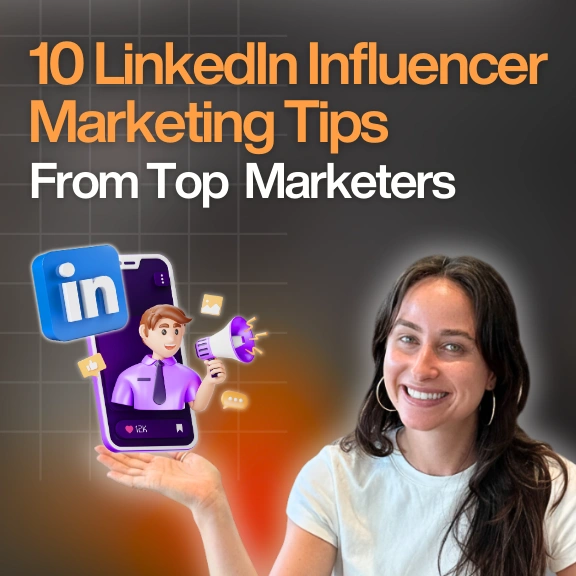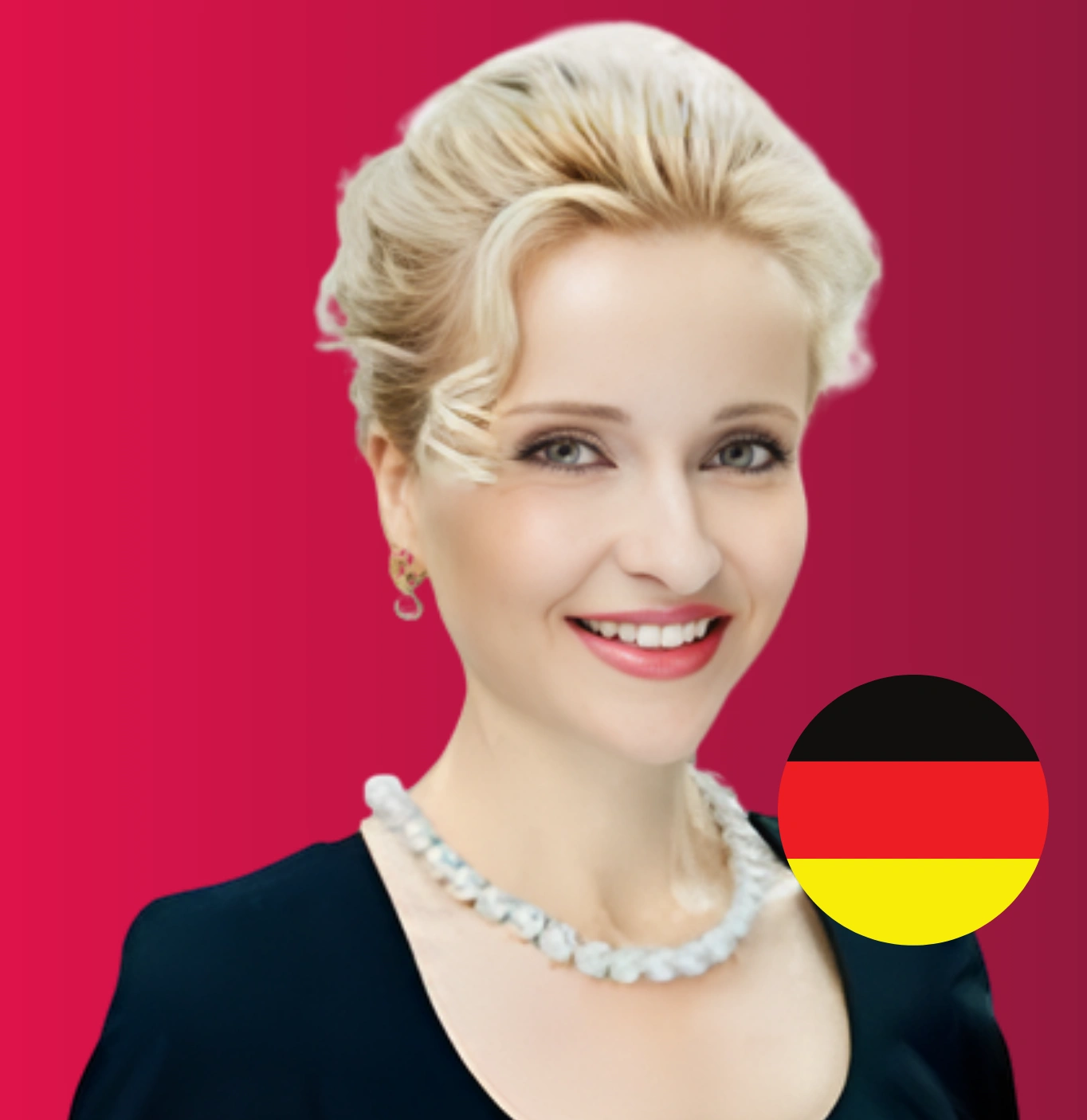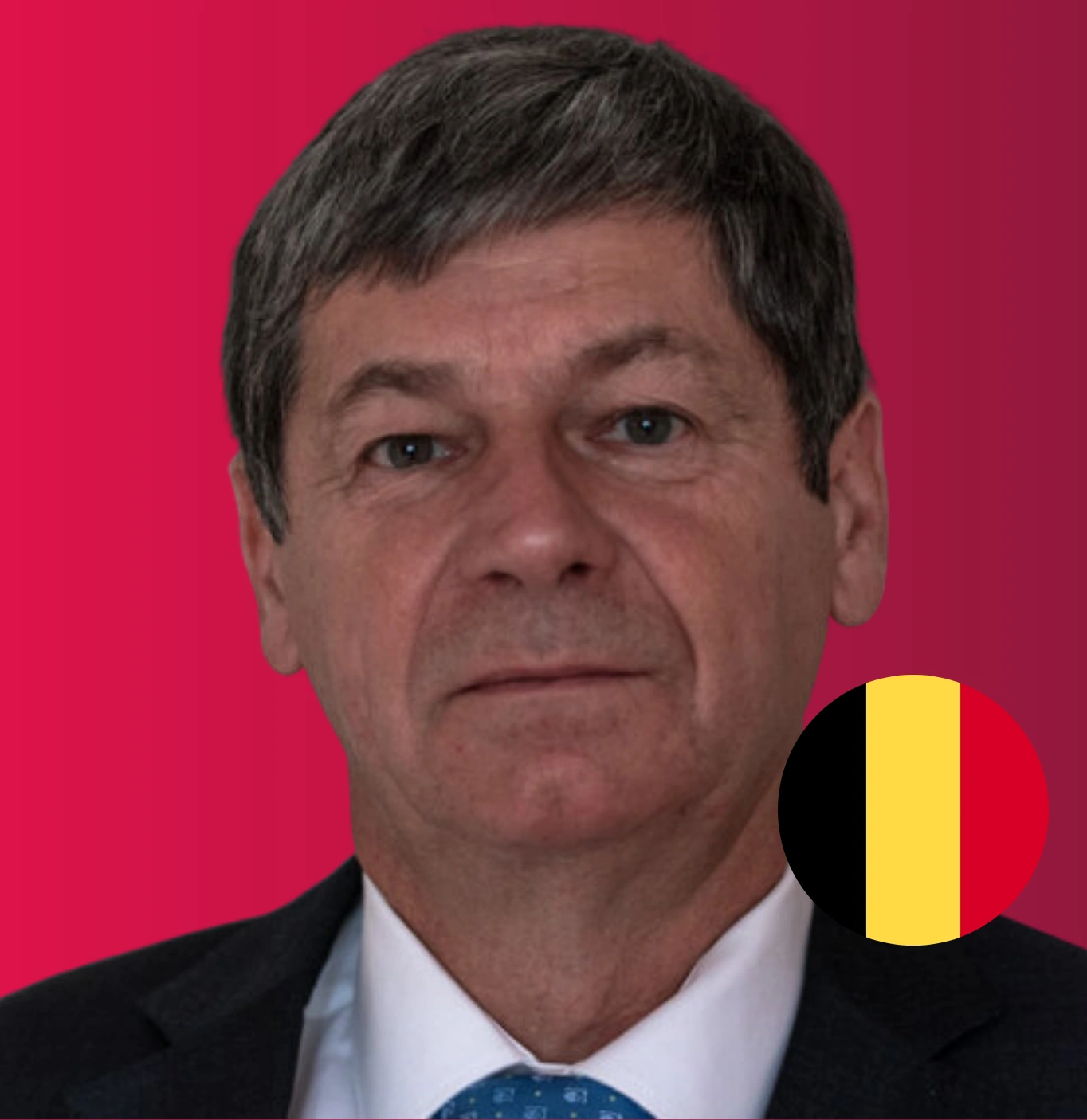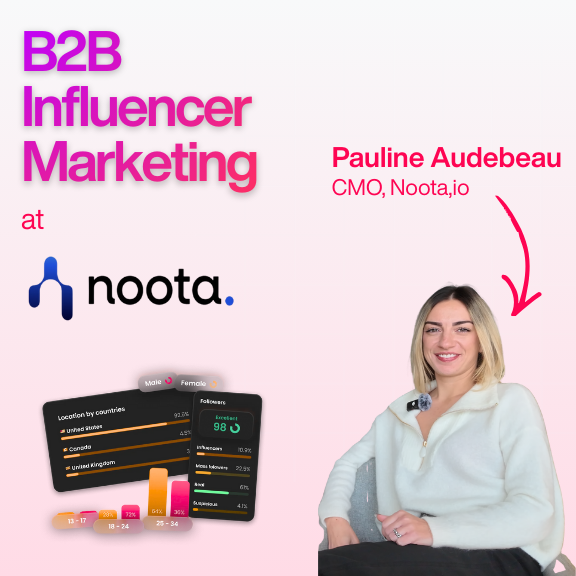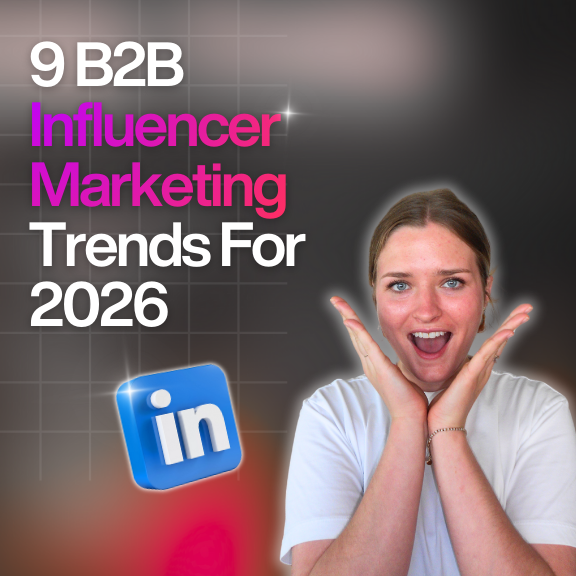Blog & Articles
Your ultimate ressource for the creator economy
Methodology & Rankings
About Favikon, rankings, tools & much more.
Insights
The recipe behind Favikon's viral & coveted rankings.
Free tools to power your influencer marketing workflows.
See Favikon users' success stories.
Get access to all Favikon rankings.
Become a Partner
Become an Affiliate
About the team behind Favikon
The place to talk creator economy, together


Featured Rankings

Here is the Top 50 Rising Video Creators on LinkedIn. Video is quickly becoming the platform’s most powerful format, with creators gaining more reach and engagement than ever. As Gen Z grows its presence and tools like BrandLink and Thought Leader Ads support content creation, LinkedIn is doubling down on video. This ranking, made in partnership with OpusClip, celebrates the creators leading this shift and aims to inspire anyone ready to start sharing through video.

Here is the Top 50 Rising Video Creators on LinkedIn. Video is quickly becoming the platform’s most powerful format, with creators gaining more reach and engagement than ever. As Gen Z grows its presence and tools like BrandLink and Thought Leader Ads support content creation, LinkedIn is doubling down on video. This ranking, made in partnership with OpusClip, celebrates the creators leading this shift and aims to inspire anyone ready to start sharing through video.
How Much Should You Pay For a Sponsored Linkedin Post?
Sponsored LinkedIn posts are a powerful tool for B2B visibility, but pricing can vary widely. This guide breaks down what you should expect to pay based on follower count, engagement rates, and industry relevance.



Megan Mahoney is an influencer marketer who uses data and real-world case studies to uncover what actually drives results in influencer campaigns. With a background in content marketing and over a decade of experience helping brands grow through strategy and storytelling, she brings a thoughtful perspective to creator partnerships and is deeply engaged in the evolving creator economy.
Check Brand DealsHow Much Should You Pay For a Sponsored Linkedin Post?
B2B influencer marketing is still a relatively new industry, and if you've ever done any influencer outreach, you've probably found that influencer rates vary dramatically.
One influencer might quote you $2,000 for a sponsored post, while another with a similar follower count might quote you $200.
As an influencer marketing platform that supports B2B creators, we at Favikon have data from 136 influencers. We'll share data about their standard rates and other factors that impact an influencer's rate and even tips to negotiate a mutually beneficial deal.
How Much Does a Sponsored LinkedIn Post Cost?
We collected data from 136 LinkedIn influencers with a follower count ranging from 200 to 700,000. However, most influencers (about 90%) had between 5,000 and 500,000 followers.
The prices varied from just $10 to $7,500 for a single post, though the majority (about 81%) fell between $200 and $2,000 per post.

This data aligns with the experiences of many B2B influencer marketers.
For example, Ahrefs' influencer marketer, Igor Gorbenko, said that most of the LinkedIn influencers they sponsor (primarily in the marketing niche) charge between $500 and $2,000 per post:

So, what should you expect to pay for a sponsored LinkedIn post?
The answer is more complicated than just looking at follower count. Instead, we'll examine other factors that impact the price (and value) of a sponsored LinkedIn post.
Note: If you want a shortcut answer, check out our LinkedIn post pricing calculator. It accounts for all of the factors we'll discuss in more detail below:

Factors That Impact An Influencer’s Rate (And The Value You’ll Derive From It)
Beyond just follower count, here are some other factors that significantly impact a LinkedIn influencer’s rate (and the value derived from a partnership with that creator).
#1. Engagement Rate (and Quality)
Engagement rate is an important factor because someone may have a lot of followers but earn little engagement.
This scenario can happen if an influencer built their following on LinkedIn years ago and either quit posting or declined in relevancy.
Engagement is such an important factor that we use it as one of the three pillars to determine the fair price in our LinkedIn sponsored post price calculator.
The quality of engagement is also important.
When you're judging engagement, make sure that:
- The people engaging are real people.
- A significant percentage of those people are your ideal customers.
You can also look at the comments to judge how much the audience trusts that influencer.
For example, if the comments are primarily just people (even if they are your ideal customers) laughing at memes, that's a sign that people might not necessarily look to that influencer to make a purchase decision.
#2. The Value of The Audience
An audience of job seekers, interns, or junior hires isn't nearly as valuable as an audience of executives simply because they don't have the authority to make large purchase decisions.
For example, career coaching influencers, motivational/inspirational influencers, and even many AI influencers tend to attract freelancers or job seekers and therefore tend to charge less than an influencer in a niche like cybersecurity (assuming equivalent engagement/follower count).
Why? Purchasing power ceilings.
The purchasing power of a freelancer or job seeker is limited. They don’t have the means to sign five or six figure contracts with vendors.
On the other hand, there are plenty of companies that pay six figure annual contracts to cybersecurity partners.
However, that isn't to say that influencers with a lower value audience are never a great match – it depends on your product.
For example, Anthropic worked with several influencers in the career, AI, and motivational niches to promote Claude.
Yet these creators were perfect fits for Anthropic because the product is only $17 or $100 and therefore has a wide range of customers, including junior employees and freelancers.
Here's an example of a sponsored post they did with Jahn Shah on how she uses AI daily.
Most people engaging with this post are freelancers, coaches, and standard employees (i.e., not executives). Yet for Anthropic, the revenue generated from these people is often equivalent to the revenue generated from an executive, so it doesn't make sense for Anthropic to pay a premium to work with an influencer with an audience of executives.
On the other hand, consider an enterprise cybersecurity platform.
The average price point for a platform like this might start at five figures, and an executive typically makes the purchase decision.
Therefore, the cybersecurity company will have a much higher marketing budget to acquire a single customer and will pay more for a sponsored post to an influencer who owns the attention of cybersecurity professionals. of executives, so these influencers will charge accordingly.
For example, this individual with about 50,000 followers might charge the same or even more for a sponsored LinkedIn post than a career coach influencer with 100,000 or 200,000 followers.

However, just because an influencer charges more because they have a high value audience doesn’t necessarily mean it’s a high value audience for your brand. Look at what customer generates the majority of your revenue and use that to judge whether or not it justifies a premium price for attention.
Recommended tools
Find LinkedIn influencersAnalyze your own LinkedIn profileAnalyze competitors' LinkedIn profiles
#3. The Content Substance
Content substance can be summarized in this question:
“Does this influencer regularly post unique insights that are useful and well respected in the industry?”
However, this is a nuanced topic and there are a few different levels to content substance. And, the higher the level of content substance, the higher the price the influencer can command.
Level 1: Low Quality Content
Level 1 content is any content that lacks unique insights and is often AI-generated.
In fact, the AI content check accounts for 30% of our authenticity score.
There are plenty of people who create AI content and still generate high engagement, but the engagement is often low quality (e.g., the creator might be leveraging engagement pods to generate it).
However, low quality content isn't just AI generated content.
Many influencers simply have nothing original to say. They may overuse templates, post vague statements without supporting examples, or jump on trending topics without adding unique insights.
The Post Content (15%) portion of the Authenticity Score evaluates an influencer for all these factors to weed out surface level content.

Level 2: Social/Lifestyle Content
You’ve probably seen “lifestyle” LinkedIn content creators or even LinkedIn influencers who work in a particular niche, but primarily post social content, like life updates, inspirational quotes, or memes.
These creators usually have large, legitimate followings.
However, their content often lacks unique insights and original data, and while they may be well-known, they aren’t really considered industry experts.
For example, this post shares a unique opinion that generated a lot of engagement, but it doesn’t add any impactful insights that would help an executive improve their company’s performance:

These types of influencers can be great for generating brand awareness, but they won’t build your brand’s industry credibility.
This is when we move onto the third level of content substance.
Level 3: Insightful Industry Expertise
The highest level of content substance is expertise in the form of case studies, unique data, and genuine experiences relevant to a niche.
This is why “Expertise” makes up 20% of our Authenticity score. In fact, here’s what we’re checking for when grading an influencer’s Expertise:
- Specific Examples: Uses detailed, personal case studies
- Nuanced Takes: Acknowledges complexity rather than oversimplifying
- Process Details: Explains how, not just what
- Admits Limitations: Honest about what they don't know

Partnering with a creator with industry expertise is excellent if your goal is to position your brand as an industry leader.
In fact, Igor Gorbenko of Ahrefs stated that their primary filter when selecting influencers is their industry expertise/unique insights.
By partnering with people with unique marketing perspectives, Ahrefs further establishes its credibility and authority as a respected leader in the marketing industry. And, industry professionals will look to Ahrefs’ content for unique, helpful insights.
In fact, here’s an example of a creator they sponsored who only has 27,000 followers, but does have unique perspectives on SEO.

The post he created aligned with Ahrefs’ ICP and generated plenty of interest:

So you can expect to pay a premium for industry expertise, but they may not have the follower size or total engagement of a Social/Lifestyle influencer.
As a result, working with niche industry experts can be cheaper or equivalent to a more generic influencer with a larger audience.
Selecting the right influencer really just depends on your goals – are you trying to generate more brand awareness and reach or build industry credibility and capture the attention of a few specific executives?
Additional Negotiation Tips To Maximize Influencer Partnership Value
The first rate you receive from an influencer usually isn't the best value. However, it can be tricky to negotiate a fair price without spoiling the relationship before a partnership even begins.
Compare Rates and Negotiate
Before you start negotiating rates with influencers, DM a handful of influencers in your industry to get a baseline for a standard rate. This is important because different niches have different values.
For example, cybersecurity influencers might have a much higher base rate than SEO influencers.
Another tip from Igor Gorbenko is to reach out to other influencer marketers and ask them for feedback. He's received several messages from other influencer marketers simply asking him if he thinks a quoted rate from an influencer seems fair.
Ask For Content Repurpose Rights
If you can't get a lower rate from the influencer, another option to increase the value you receive from the partnership (and therefore justify a higher rate) is asking for content repurposing rights.
For example, including their product use cases in ads or even organic blog content can significantly increase the value you receive from the partnership.
Long vs Short Term Partnerships
Finally, more creators will give you a deal if you promote across different platforms with them or extend the partnership to include multiple posts.
That said, not every sponsorship needs to be a long term partnership. It really depends on the goal of the campaign (e.g., brand awareness versus product marketing).
So What’s The Right Answer? How Much Is This Influencer Partnership Worth?
While there isn’t a “right answer” we’ve used the influencer rate data combined with engagement rate, follower count, and authenticity score to create a fair price calculator that can give you a good baseline for how much to pay for an influencer partnership.
Head over to the Fair Price calculator now to compare the quoted rate from any LinkedIn influencer.

Also See 👀
🏆 HOW TO REACH OUT TO INFLUENCERS
🏆HOW TO REACH OUT TO HUNDREDS OF INFLUENCERS AT ONCE
HOW DOES FAVIKON RANK INFLUENCERS?
Related Articles
See all the articlesResources











.png)
